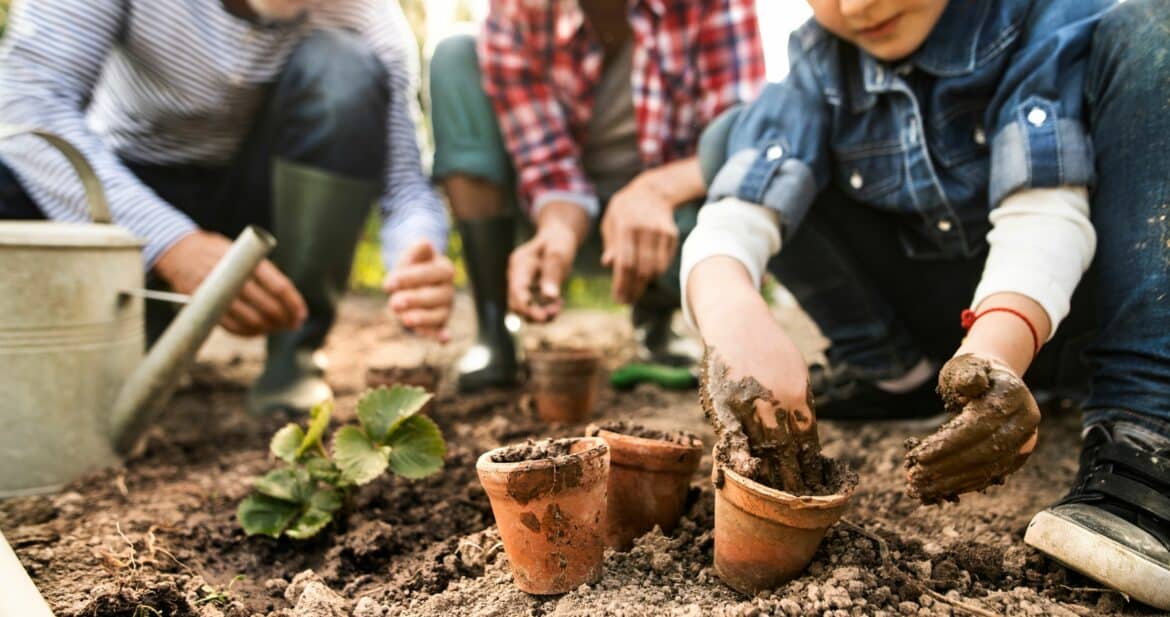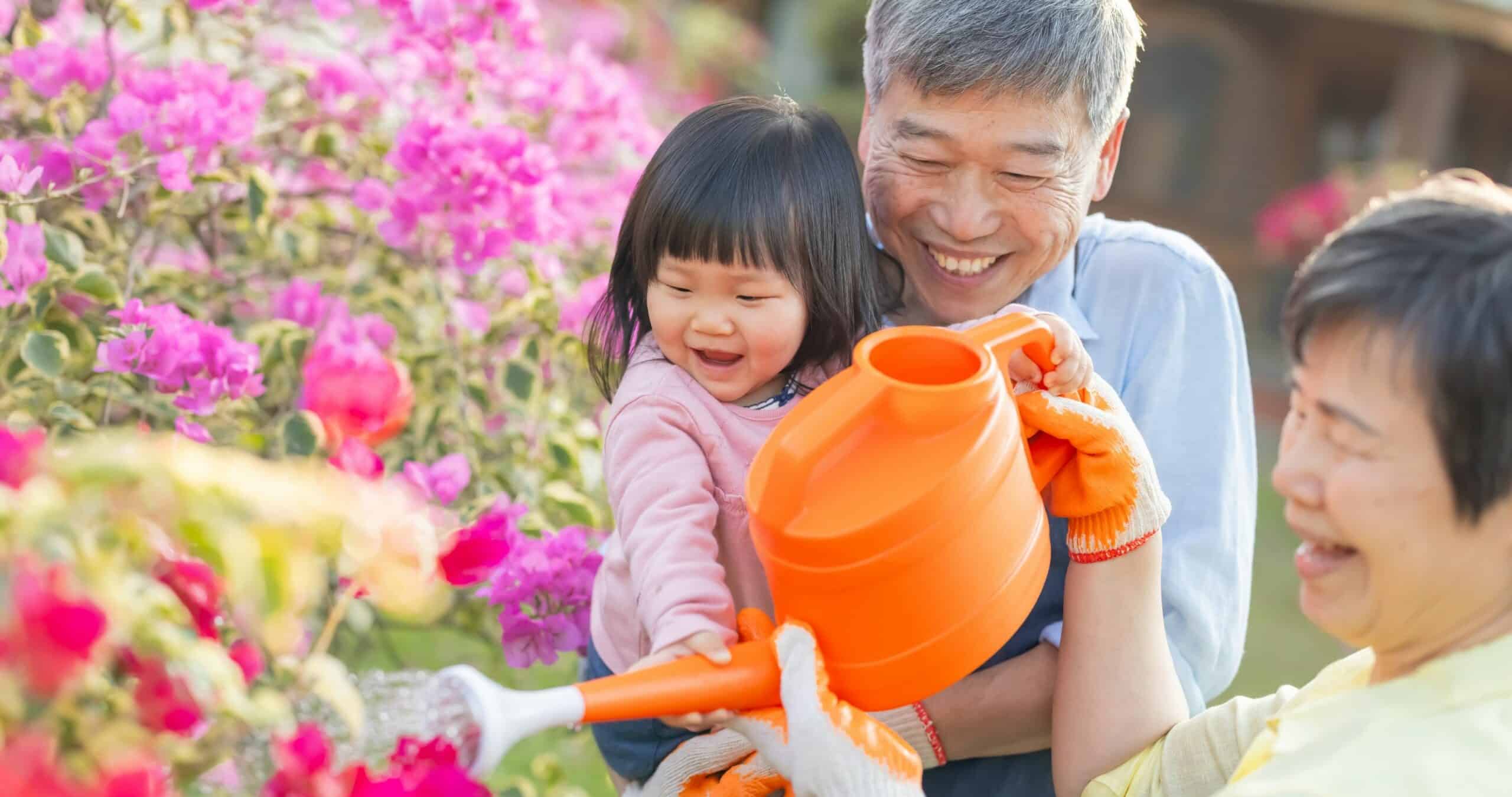By Allison McCabe | March 28, 2023
Spring has sprung! This is especially exciting for gardeners preparing for the growing season. While there is no shortage of chores to get your garden ready, it is important to do so without introducing or spreading invasive species. Invasive species have ecological, economic, and social impacts. They cause harm by outcompeting native species, damaging crops and resources, and posing risks to human and animal health and well-being. Making sure your garden is PlantWise is a great place to start to protect our ecosystems from the harmful effects of invasive species.
Here are some of our favourite tips for getting your garden ready with the best interest of the local ecology in mind:
Avoid planting invasive plants
When purchasing plants for your garden, be sure to buy them from a reputable source that does not sell invasive species. Some plant nurseries and garden centers may unknowingly sell invasive plants, so it is important to do your research before making a purchase. Check our PlantWise and Grow Me Instead resources for a list of commonly sold invasive species and some great alternatives to plant instead.
Choose native or non-invasive introduced plants
Native plants are best suited to the local climate and soil conditions. They also provide food and habitat for local wildlife, an important aspect of maintaining biodiversity. Choose plants that are native to your area and well-suited to your garden’s soil, light, and moisture conditions. Some plants that have been introduced are not invasive – these are good options for your garden too. Our Grow Me Instead guide has some great examples of introduced species that can be included in your garden!

Maintain your garden
Do some research to identify common invasive plants in your region (visit your local regional invasive species organization’s website for region-specific invasive plant lists and other great resources – the Sea to Sky Invasive Species Council even has its own native wildflower seed mix perfect for the Sea-to-Sky region!) and avoid planting them in your garden. Some common invasive garden plants in the lower mainland and on Vancouver Island include Japanese knotweed and English ivy, while Baby’s breath and Russian olive are common invasive species in the Interior. If you notice invasive plants growing in your garden already, take steps to remove them before they spread. Check out our factsheets for more information on common invasive species and practical removal tips.

Once you have removed invasives from your garden, inspect and maintain regularly for signs they may still be around. Invasive species are incredibly resilient! It is easier to remove them when they are small. You can also experiment with horticultural techniques like companion planting, crop rotation, and mulching to further control invasives.
Dispose of plant material responsibly
Never throw invasive plants in the compost! Dispose of them in a sealed plastic bag or take it to a local composting facility that can handle invasive plant material (such as one that incinerates green waste).
Enjoy this spring weather and happy invasive-free gardening!
Allison is the Senior Lead of Outreach at ISC. A horticulturist, teacher, and amphibian lover, she is passionate about protecting BC’s biodiversity from invasive species through education and experiential learning. You can reach Allison at amccabe@bcinvasives.ca
Share


















